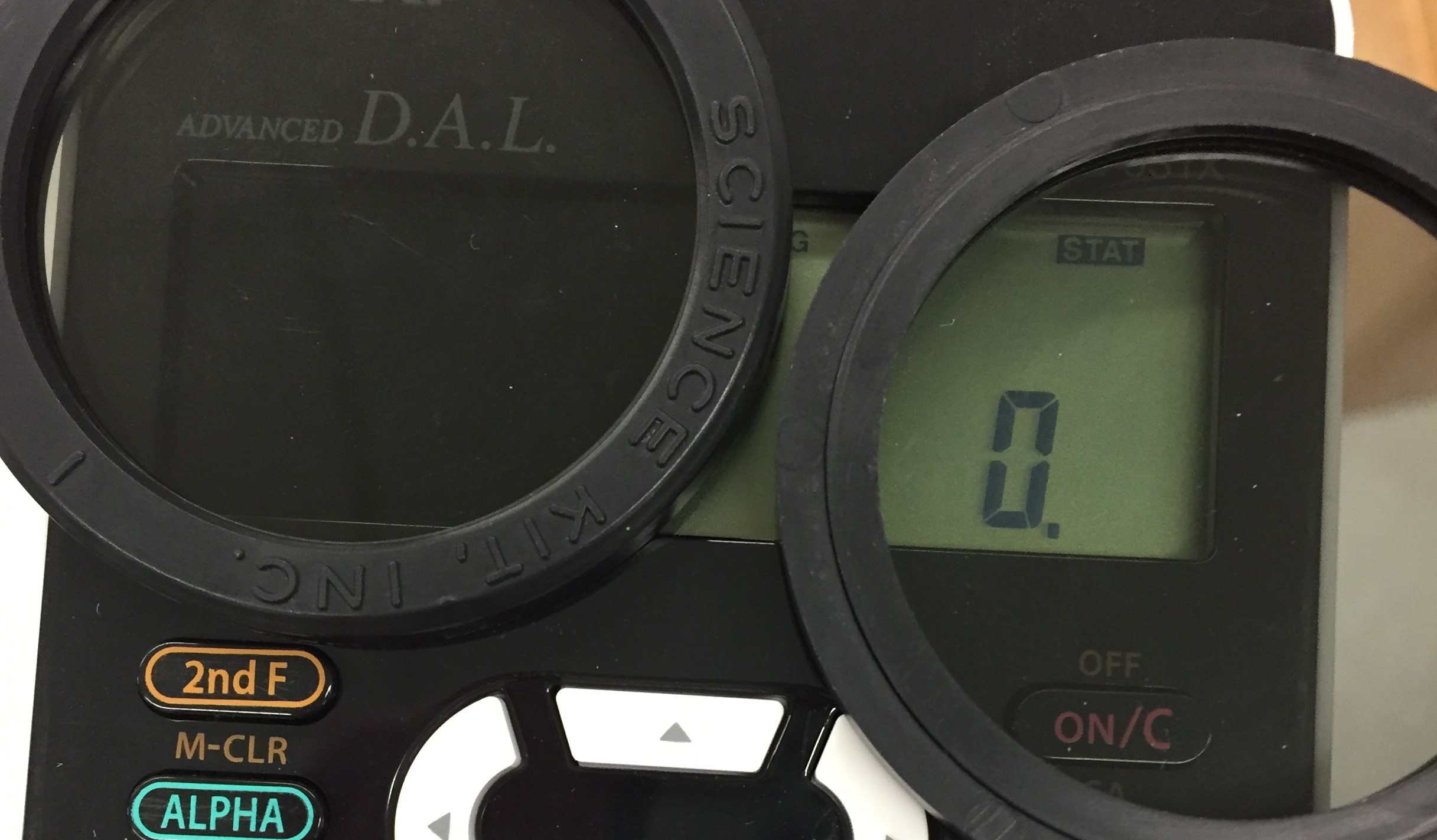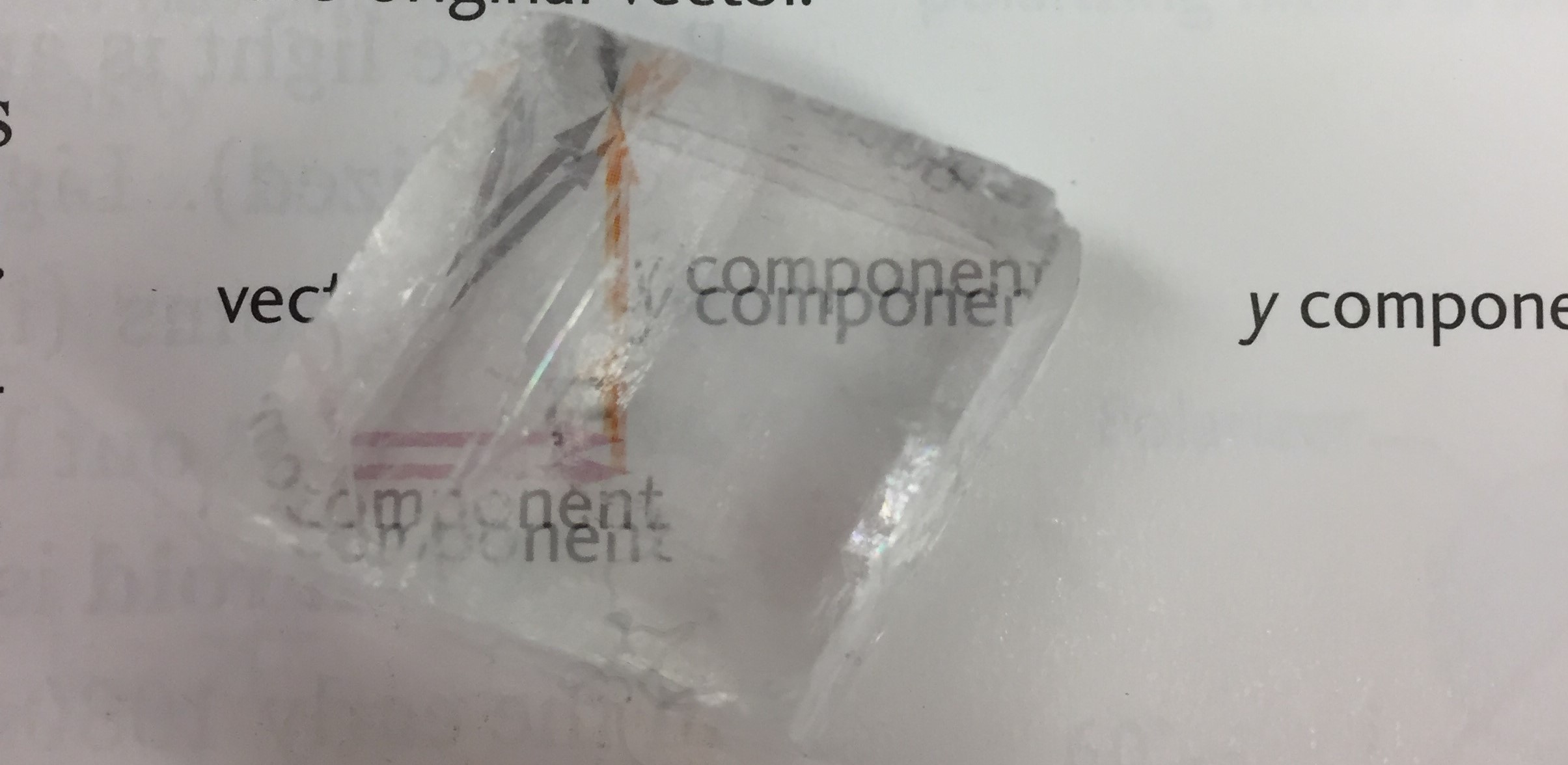Bringing the Wonder of Discovery Back into the Classroom
December 24, 2016 Filed in:
ArticlesChristine Hudecki, Teacher Our Lady of Lourdes Catholic High School
Christine.hudecki@wellingtoncdsb.ca
The grade 11 and 12 physics curriculum, I find, is heavy with concepts and formulas. Every day or every other day a new idea is presented, different formulas introduced and a fresh set of problems need to be solved. One of the reasons I liked science and enjoy teaching science is that it is a ‘doing’ subject. It has the potential to get students out of textbooks and in front of equipment. They can learn skills and exercise their problem solving abilities.
In effort to put more ‘doing’ into the grade 12 Light unit, I looked at the polarization lessons. There are some strange things that happen with polarizing filters and most often I would have the students play with the filters after we learned the concept of polarization. It occurred to me that I should flip this order.
I have the students discover first (Lesson #1) and learn the theory afterwards (Lesson#2). The worksheets I use are included below. I love hearing their expressions as they rotate one polarizer overtop the other and it goes black!


They simply don’t predict this and they are always amazed! Seeing the calcite crystal create 2 lines of writing when placed on the page of their textbook gets a similar response…


…and of course they love wearing the 3D glasses and looking at each other, rotating their heads and closing one eye or the other.


On the first worksheet, they are required to record with words and sketches what they observe. This is harder than it seems when you simply don’t know why it happens. When you don’t know the theory (and most students don’t) of polarization, it seems like magic to them. I often use this opportunity to discuss how scientists that discover new phenomena often must feel this way: What is happening?? How can this be?? Although confusing, this experience means there is something new to discover and how exciting is that?
I mark the observation part of the activity overnight and hand it back the next day. Then I teach the theory of polarization and give them worksheet #2. This worksheet asks them to explain what they observed previously with the theory of light polarization. They are also strongly encouraged to read the relevant section in their textbook which helps too and searching for answers on the internet from reliable sources is also encouraged. However, much of this second worksheet can be answered from the theory lesson I provide.
I enjoy these two days: wonder first and explanation second. My worksheet is
here. I hope you have as much fun as I did!
Tags: Light, Pedagogy




